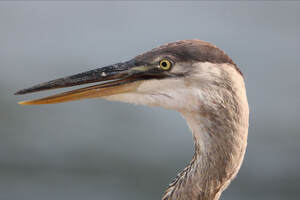
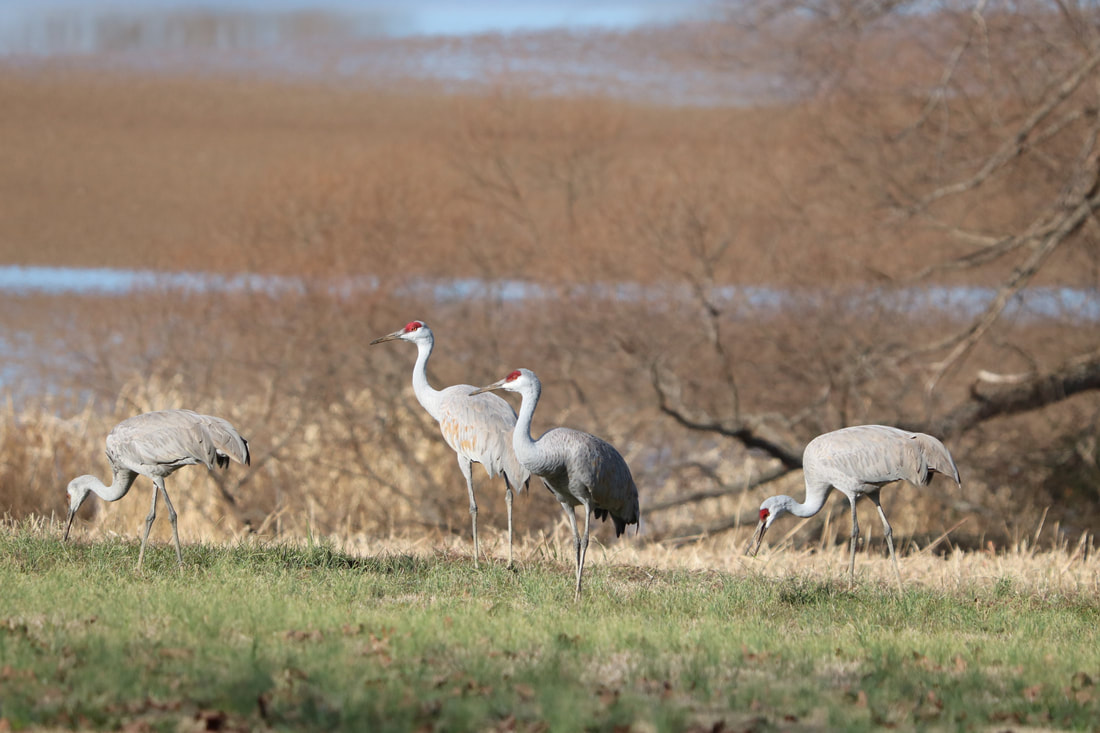 Walking the Labyrinth The path of the soul is not linear. It spirals like the turns of this maze, outlined with bricks on sides. Like time, it circles back passes by starting points. I turn left one hundred eighty degrees, not exactly the way I came, this path to the center, where there is no Minotaur. My dragons are all in my heart, slain or otherwise. The first wall outlines a square which no paths cross. Is this square sacred ground, reserved for shaman, priestess, and holy man? If I stepped inside, where no tracks appear, would I transport to another place or time, reappear burned to ash by sacred geometry? A friend asked a transit driver in Nashville's less sacred geometry, Is this my stop? Her simple reply: "Either sit back down or get off the bus." A Chattanooga Lookout
The Lookouts got their first shot at fame; A New York Yankees Exhibition game. They signed Jackie Mitchell, a publicity stunt, but she pitched like a pro, not some sorry runt. The starter gave up a hit and a double. They sent Jackie in to heal this trouble. She struck out Babe Ruth, third up to bat. She struck out Lou Gehrig; imagine that. Lazzeri, she walked, put a third man on base. The manager pulled her just to save face. The commissioner said that she had to go. Should women play baseball? He just said no. But Jackie achieved House of David fame. That barnstorming team won many a game. The men all wore beards and long hair to boot. She donned a fake beard, thought it was a hoot. She wasn’t afraid of a publicity stunt, but she pitched like a pro, not some sorry runt. Previously Published, but I only gave up first rights.
Hellbender – North America’s largest Salamander. They dine on fish, crayfish and aquatic insects. She curls among the tumbled rocks, and waits for a crayfish dinner. If she doesn’t find a crawdad soon, tomorrow she will be thinner. She will happily eat a frog or fish, for she’s an agile swimmer. But the crawdad is a favorite dish, it causes her eye to glimmer. Beneath the rocks she laid her eggs. There must have been a hundred or more. At parenting she is the dregs. She ate a few just to even the score. Her mate saw this act and chased her away If eating eggs, she just couldn’t stay. He guarded those eggs till they hatched one day. Then he swam away much slimmer. Ray Zimmerman, Chattanooga, TN [email protected] 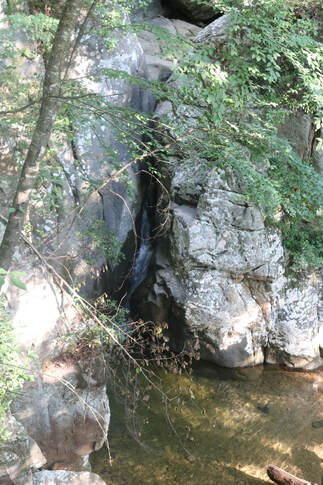 Glen Falls Trail I climb the limestone stairs through an arch in rock, into the earth's womb, pass through to a surprise: "George loves Lisa' painted on a wall. I wonder, did he ever tell her? Did she ever know or think of him, raise a brood of screaming children? Did they kiss near wild ginger above the stony apse? Did lady's slipper orchids adorn their meeting place where deer drink from rocky cisterns? Did their love wither like maidenhair fern, delicate as English Lace? The symbols have outlived the moment. There is only today, only the murmur of water underground, my finding one trickle into a pool. I never knew this, George or Lisa. The rock bears their names in silence, the stream forgot long ago. |
Archives
April 2024
Categories |
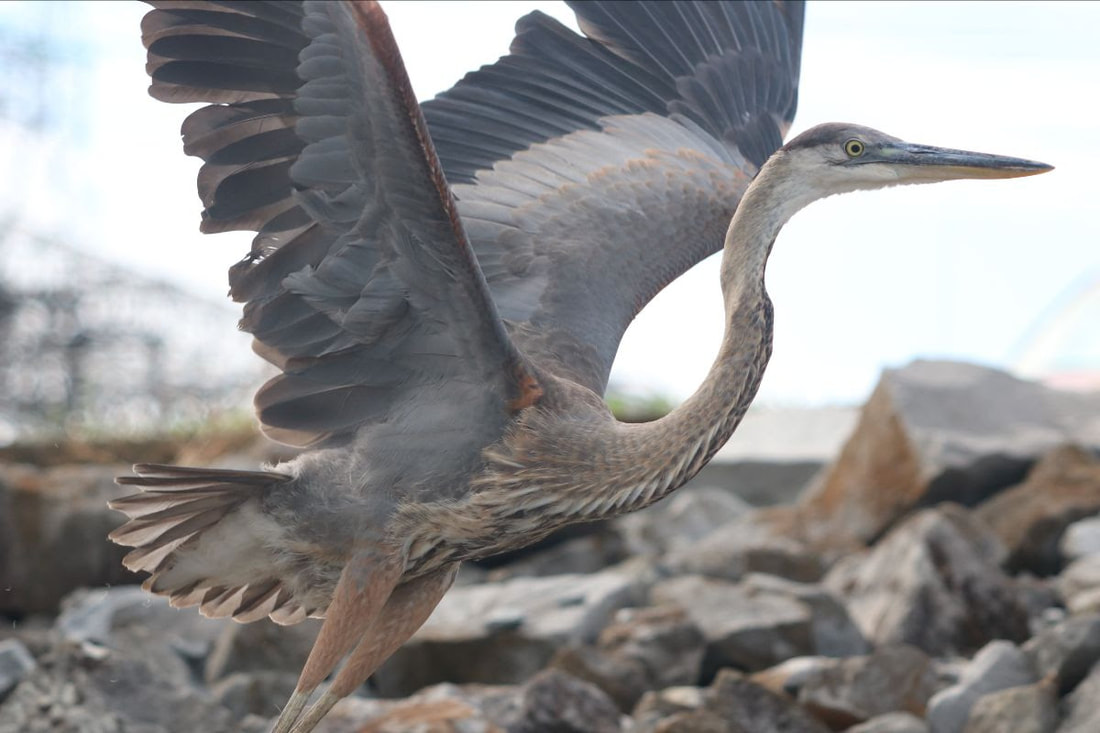
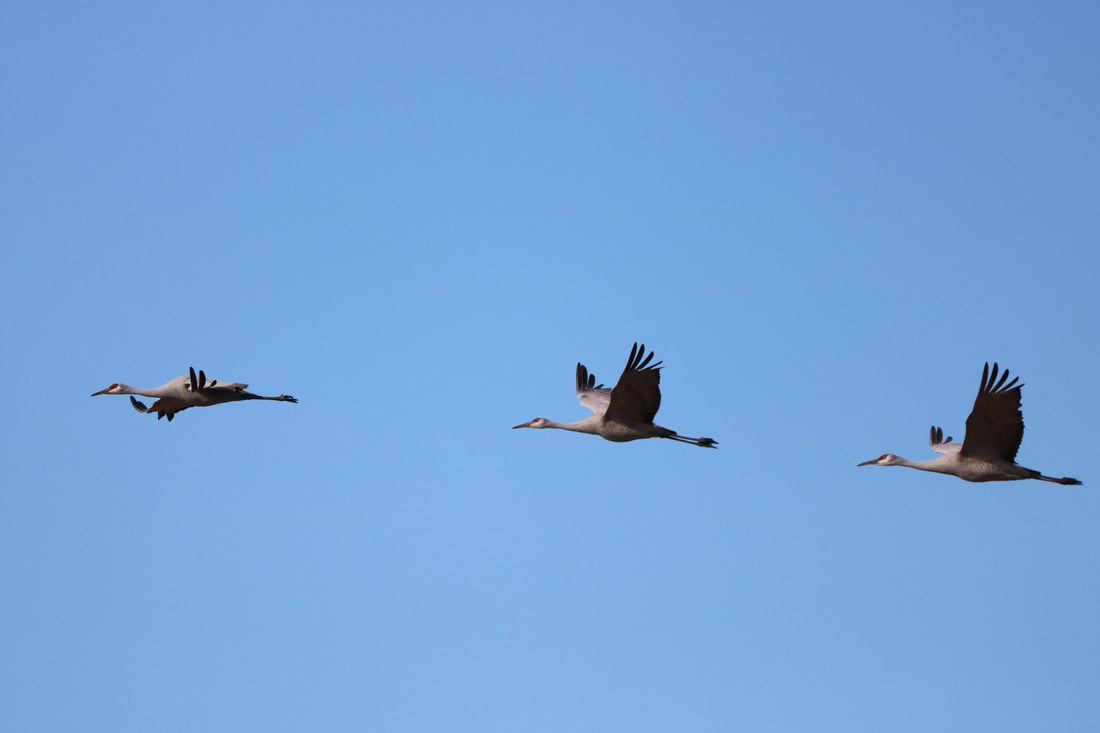
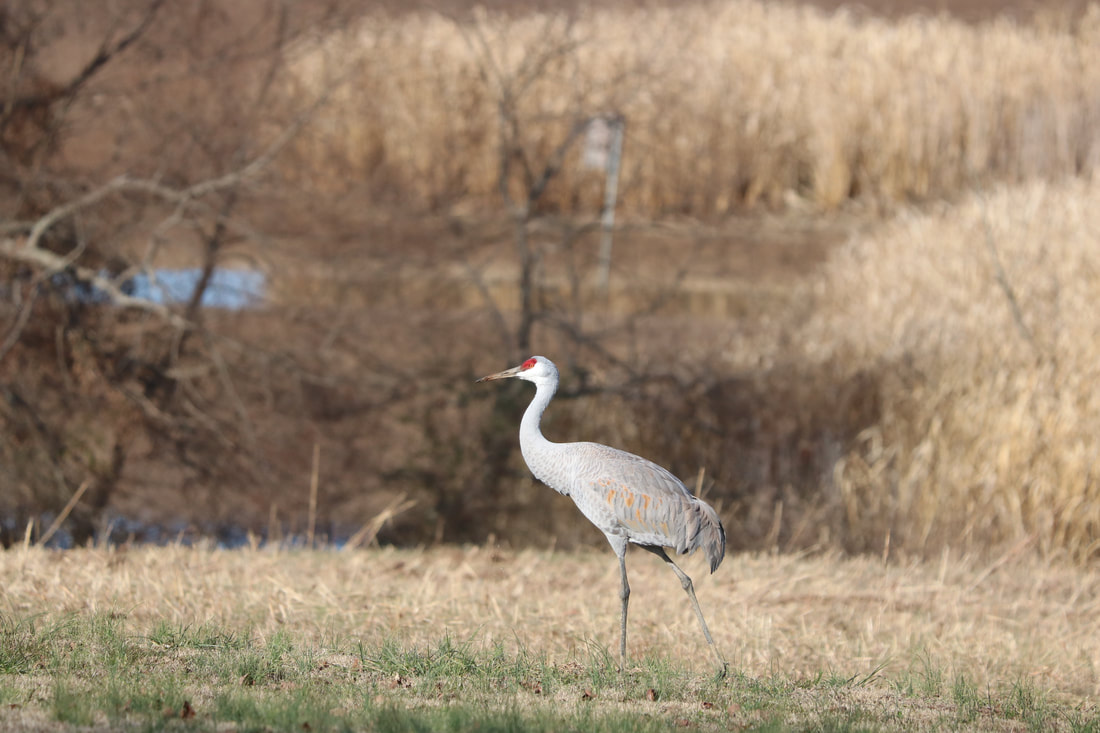
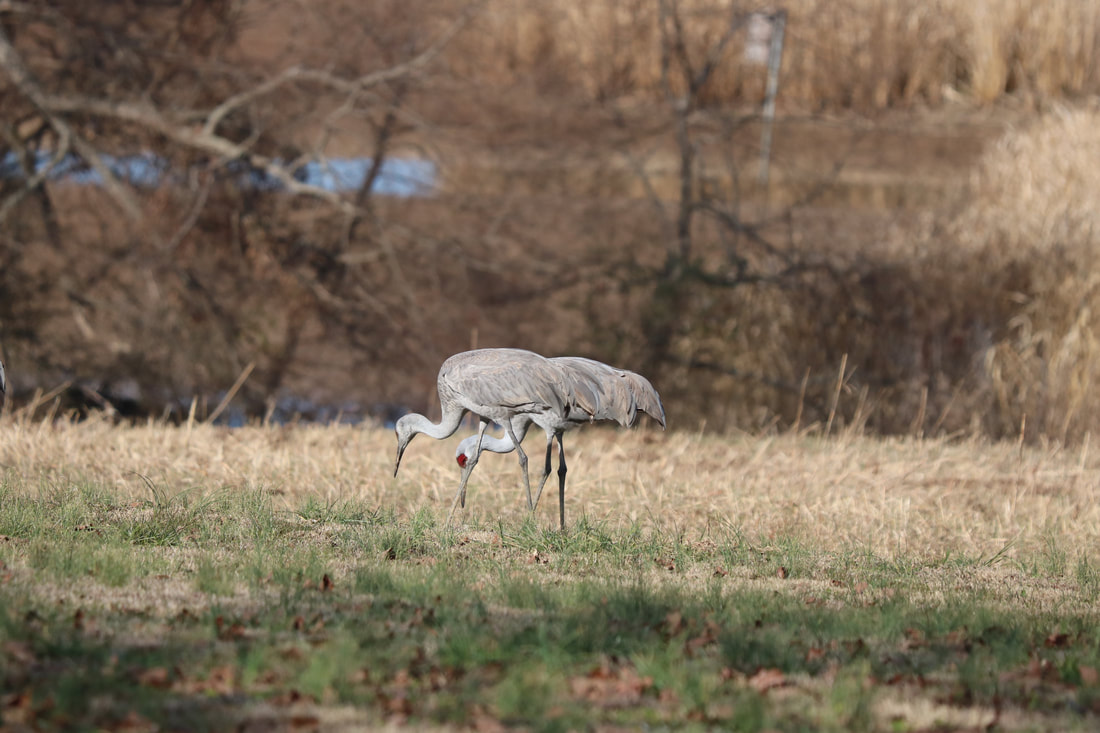
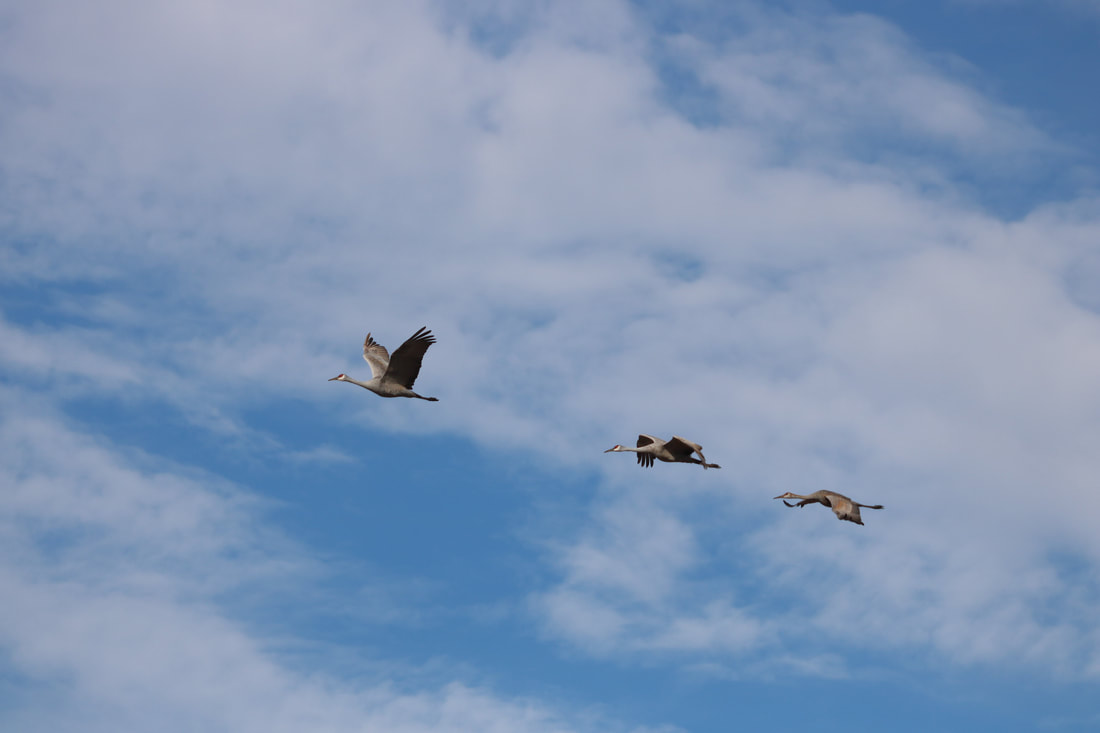
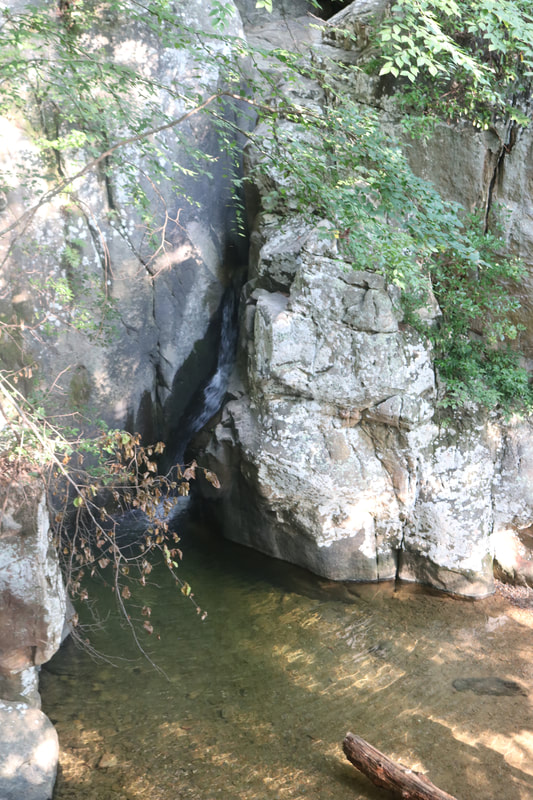
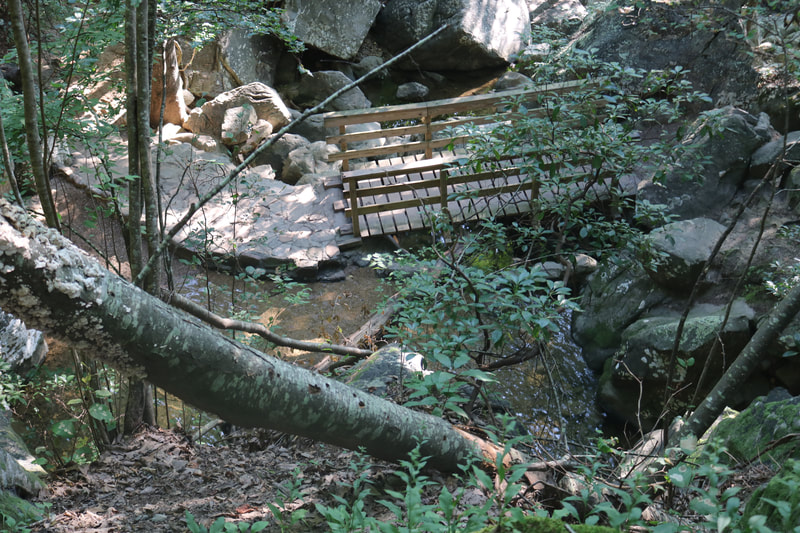
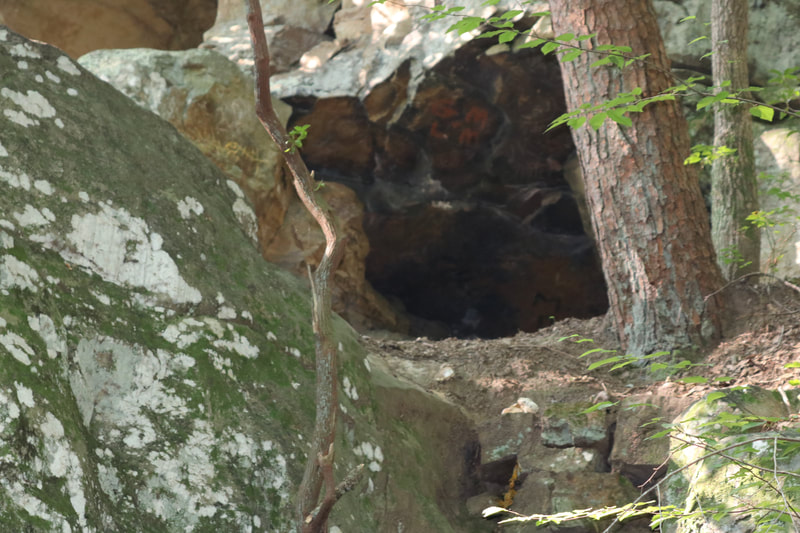
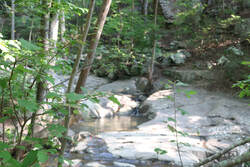
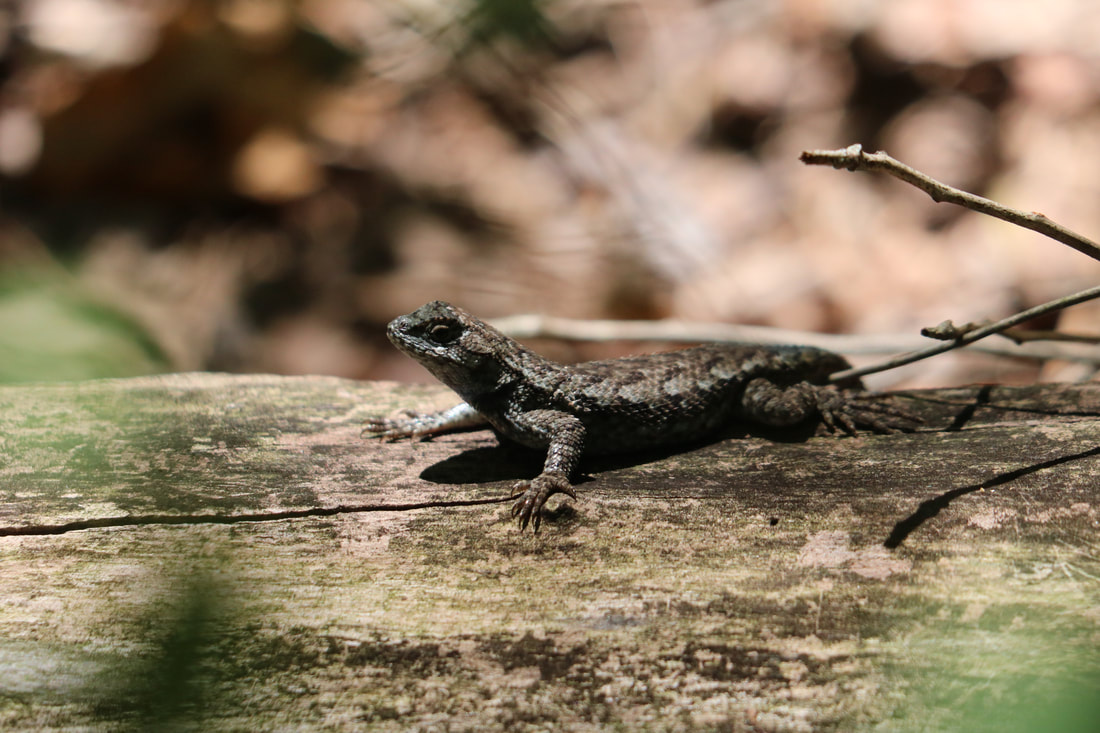
 RSS Feed
RSS Feed